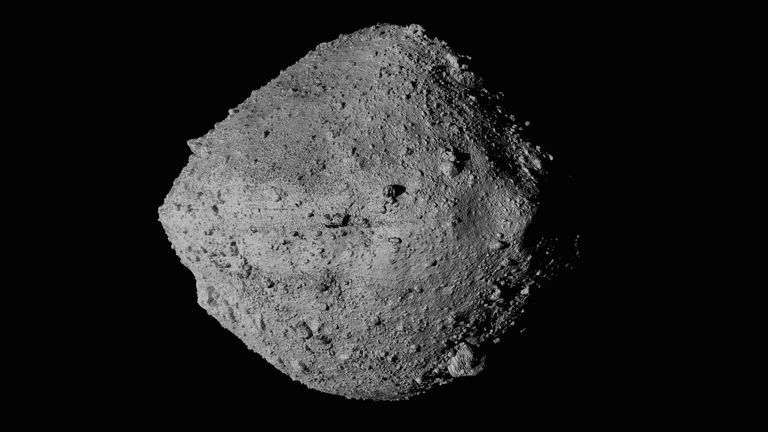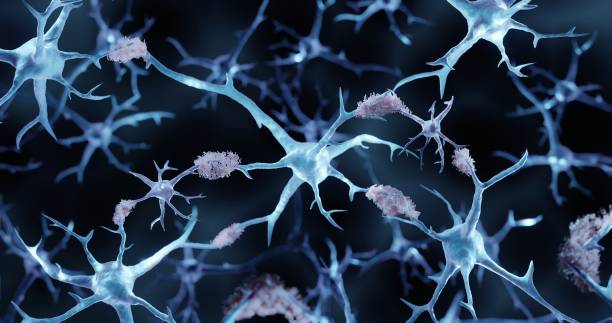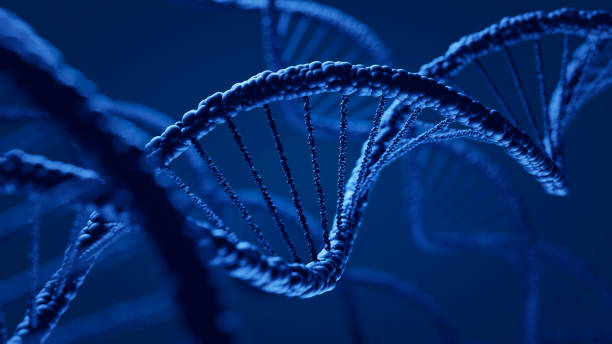Science in the news: Asteroids samples, brain maps, and artificial DNA
By Elora Cowen

October has so far, most notably, been the month of Nobel prizes and record-breaking weather temperatures, but lots more has been happening in the world of science. Here’s some of the most exciting science in the news that we think you should know about.
Asteroid sample that could explain the origins of the Earth
The largest asteroid sample ever returned to Earth has been collected by NASA from a 510m asteroid named Bennu almost 60 million miles away. The capsule sample was dropped off on Earth in a flyby of NASA’s Osiris-Rex spacecraft last month and holds massive potential to increase our understanding of the origins of life on Earth.

Astrobiologists in Texas studying the carbon-rich asteroid have detected complex organics and water molecules locked in the clay minerals’ crystal structure. These findings further validate the theory that life on Earth started when asteroids similar to Bennu delivered key chemicals including water to the planet.
Excitingly, once the sample has been fully extracted, a 100mg portion will be shared with the UK to be worked on by collaborators in universities, including the University of Manchester.
The largest map of the brain ever made
Scientists from the US National Institutes of Health’s Brain Research have revealed more than 3,000 different cell types in the human brain by creating the largest mapping of the brain so far at the singular cell level. These findings are expected to significantly advance the study of diseases, cognition, and human brain characteristics.
The research included the genetic information from over three million different brain cells from multiple locations and delved into the previously unseen mechanisms that occur within them. It identified links between certain cell types and neuropsychiatric disorders; for example, Alzheimer’s disease has been further linked to faults in cells called Microglia, which clear away dead or damaged cells.

The information researchers can gain from this brain map will have a massive impact on the field of neuroscience and the possibility of treatments for neurological disorders including bipolar disorder, depression, and schizophrenia. Researchers are looking to work with more tissue samples to generate a wider view of how the human brain can vary across populations and age groups.
Artificial life forms could be the medicine of the future

The idea of making artificial life, something that has so far existed only in science fiction, could become a reality. Associate Physics Professor Chenguang Lou from the University of Southern Denmark and Professor Hanbin Mao from Kent State University have pioneered the development of artificial hybrid molecules, using hybrid peptide-DNA nanostructures which could potentially lead to the creation of artificial life forms.
DNA and peptides are some of the most important biomolecules in nature as the building blocks of genes and biological proteins, respectively. Professor Mao and Professor Lou have succeeded in combining the strength of both molecules and creating an artificial hybrid molecule by linking three-stranded DNA structures to three-stranded peptide structures.
These peptide-DNA conjugates can be used as nanoscale bricks to build hybrid nanostructures for a variety of chemical and biological purposes, including the development of more advanced life forms and alternative entities. The overall aim is to create artificial organisms or nanomachines which could be loaded with medication for patients, or targeted to diagnose and treat diseases. They could also be used for disease vaccination, which would revolutionise the medicine of the future.







